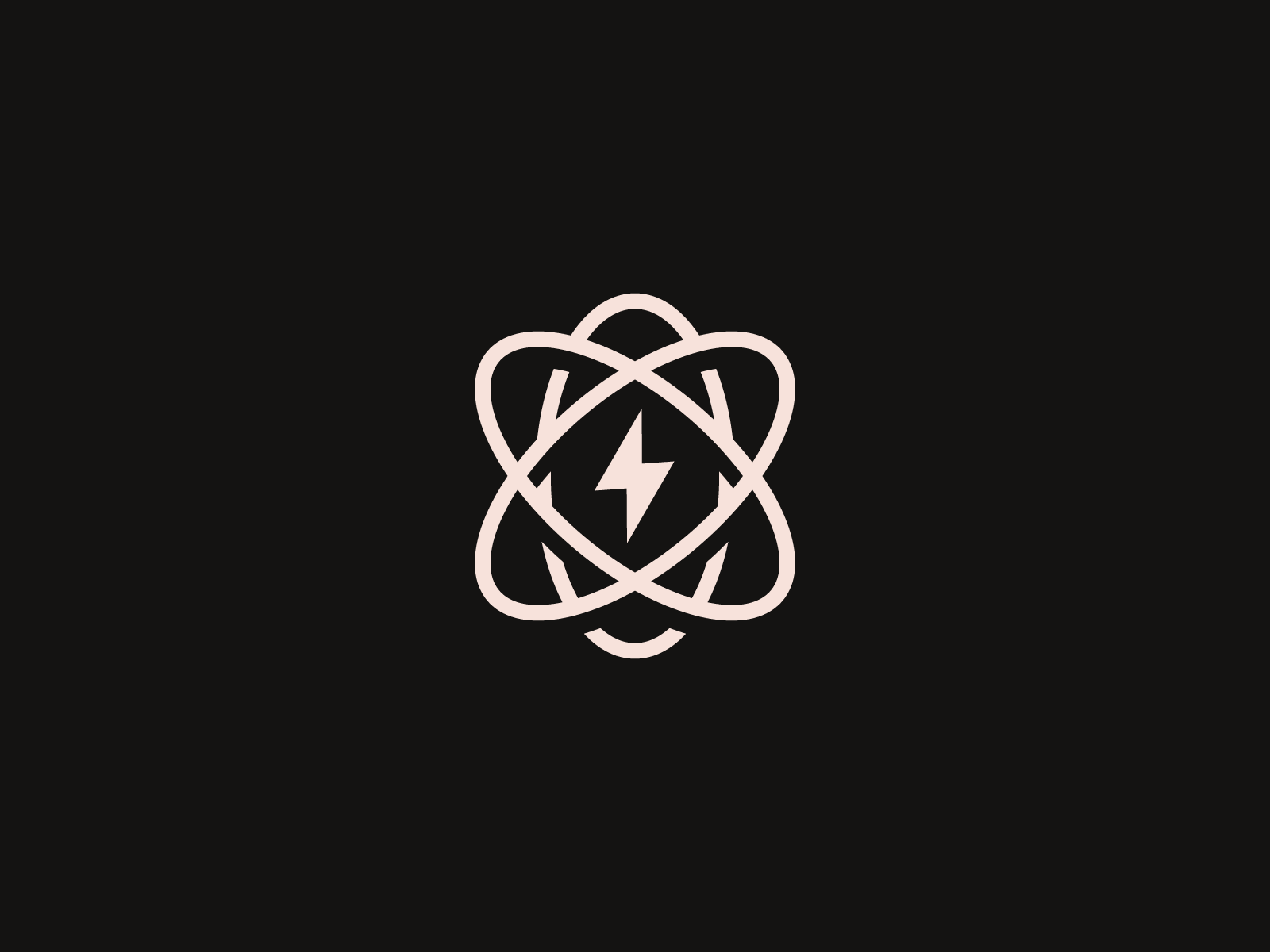Table Of Content

When crafting an effective design system, it’s critical to demonstrate how components look and function together in the context of a layout to prove the parts add up to a well-functioning whole. Templates are page-level objects that place components into a layout and articulate the design’s underlying content structure. To build on our previous example, we can take the header organism and apply it to a homepage template. In interfaces, molecules are relatively simple groups of UI elements functioning together as a unit. For example, a form label, search input, and button can join together to create a search form molecule.
What Is Atomic Design?
Pulsar Atom: Redefining Precision in High-Flow Industrial Pellet 3D Printing (Ad) - All3DP
Pulsar Atom: Redefining Precision in High-Flow Industrial Pellet 3D Printing (Ad).
Posted: Mon, 09 Oct 2023 07:00:00 GMT [source]
Organisms combine with atoms, molecules, and other organisms to create even more complex structures. Every single atom, small as it may be, ends up having a big impact on the molecules and organism as a whole. Atomic Design invites designers to see individual components like atoms – they each can be seen as a screenshot of the style and function of the page. Between 1908 and 1913, Ernest Rutherford and his colleagues Hans Geiger and Ernest Marsden came to have doubts about the Thomson model. Rutheford performed a series of experiments in which they bombarded thin foils of metal with positively charged alpha particles. They spotted alpha particles being deflected by angles greater than 90°.
Atomic design is for user interfaces
Many of those goals start with creating your own design system. Once you establish your design standards, everyone on your team will know how to stay within the guidelines. Use this checklist to make sure that your atomic design system includes all of the individual design components that you need to build amazing UIs. In 1937, German chemist Otto Hahn became the first person to make nuclear fission in a laboratory. He discovered this by chance when shooting neutrons at a uranium atom, hoping to make a new isotope. However, instead of a new isotope, the uranium changed into a barium atom, a smaller atom than uranium.
“One tone four birds” design atom co-sharing BiOBr/Bi2S3 S-scheme heterojunction photothermal synergistic ... - ScienceDirect.com
“One tone four birds” design atom co-sharing BiOBr/Bi2S3 S-scheme heterojunction photothermal synergistic ....
Posted: Tue, 19 Dec 2023 11:05:30 GMT [source]
Atomic Design: Atoms, Molecules, and Organisms
A template presents the user interface without real data in order to demonstrate the underlying design structure. We need to group together the molecules in order to build an organism with bigger functionality that is able to work on its own. In this example app, the organism would be the post element. Are we taking a break from informatics to discuss chemistry?
With Atomic Design, designers can say the same about groups of components. Just like Atoms in the wild, these components can have different properties that determine their unique nature. These basic atoms-elements properties are the purest form of our style guide and our UI component design system. The modern atomic theory states that atoms of one element are the same, while atoms of different elements are different. The fundamental characteristic that all atoms of the same element share is the number of protons. All atoms of hydrogen have one and only one proton in the nucleus; all atoms of iron have 26 protons in the nucleus.
Atomic UI component library guidelines

In searching for inspiration and parallels, I kept coming back to chemistry. The thought is that all matter (whether solid, liquid, gas, simple, complex, etc) is comprised of atoms. Those atomic units bond together to form molecules, which in turn combine into more complex organisms to ultimately create all matter in our universe. As you can see, atomic design elements build upon its essential parts. The idea is that atoms join to create more holistic and versatile web experiences, primarily when they work together to enhance each other’s strengths and properties.
Share this article
Instead, there’s a single source of truth that holds all the components in use along with their respective codes. This can be a great tool for designers and developers alike. The organisms at play can show the same molecule over and over again, like most card-based lists, or show many different molecules and atoms, like the signup and header examples. The bottom line is that Atomic Design means to create a way to design that is almost like a flexible puzzle, where designers can exchange organisms within the same page according to what is needed. In chemistry, molecules are a group of two or more atoms that bind together and demonstrate new qualities. It’s a combination of hydrogen and oxygen that together, create something new.
By applying this thinking to software development, you’d be able to streamline your work. For example, each component would have its own responsibility and would be able to be tested on its own. Following its completion, any issues that arose during the testing stage would, therefore, be much easier to identify and solve. To champion this method, gather data about how it is performing.
Molecules
Multiple such templates, like a login form, carousel, etc. can co-exist to create an interface design. Equipped with the established patterns and organisms, designers have to put it all together to create the general content structure of the pages that will form the entire product. What do all of these design concepts have to do with Atomic Design molecules?
Each kind has the same basic structure, but a different number of parts. Templates are the glues that combine the different organisms or individual sections to create a complete design. For example, the search form (organism) can be used as a template in the hero section of our home page to fetch user information.
Other times, the page design simply doesn’t offer good performance in user testing. While this can feel like a failure, it’s often an opportunity – to go back and improve. All designers know that in the world of UX design, there are many different approaches. Atomic Design is all about choosing a scientific approach to the interface, applying a framework that comes from chemistry. Version, pack and publish each component as a standalone module. Just create a Bit workspace, track the components using bit add, link a compiler to each component, and use bit tag to version all of them.
Experiment with webpage elements based on speed, interactivity, and visitor crawl rates. Atomic design combines the creativity of design with the practicality of science. It is based on the book of the same name by Brad Frost, and it explains a web design framework. He urges designers to view web pages as living systems rather than a collection of stagnant pages.
A convenient unit of length for measuring atomic sizes is the angstrom (Å), defined as 10−10 metre. Compared with the overall size of the atom, the nucleus is even more minute. It is in the same proportion to the atom as a marble is to a football field. In volume the nucleus takes up only 10−14 metres of the space in the atom—i.e., 1 part in 100,000. A convenient unit of length for measuring nuclear sizes is the femtometre (fm), which equals 10−15 metre. The diameter of a nucleus depends on the number of particles it contains and ranges from about 4 fm for a light nucleus such as carbon to 15 fm for a heavy nucleus such as lead.
In this model, electrons are considered electromagnetic waves mechanics rather than particles. According to this model, it is mathematically impossible to obtain precise values for both the position and the energy (momentum) of an electron at a given point in time. This idea became the uncertainty principle, formulated by Werner Heisenberg in 1927.
These project management tools work well because they let administrators assign tasks, set deadlines, and adapt to schedule changes. The company further emphasizes its understanding of design tokens by using white and red letters wherever possible. Many companies succeed because their designers know how to use design tokens extremely well. Iconography includes small images that digital designers use. You may use icons as guides for navigation or choosing features on a page.
Supernova explosions are even more energetic and can fuse elements heavier than iron. It has been known that elements are broken down into basic units of a given weight since the early 1800s, in an insight that came from the English scientist John Dalton. He considered these units to be fundamental, indivisible particles, hence his use of the Greek word "atomos".

No comments:
Post a Comment